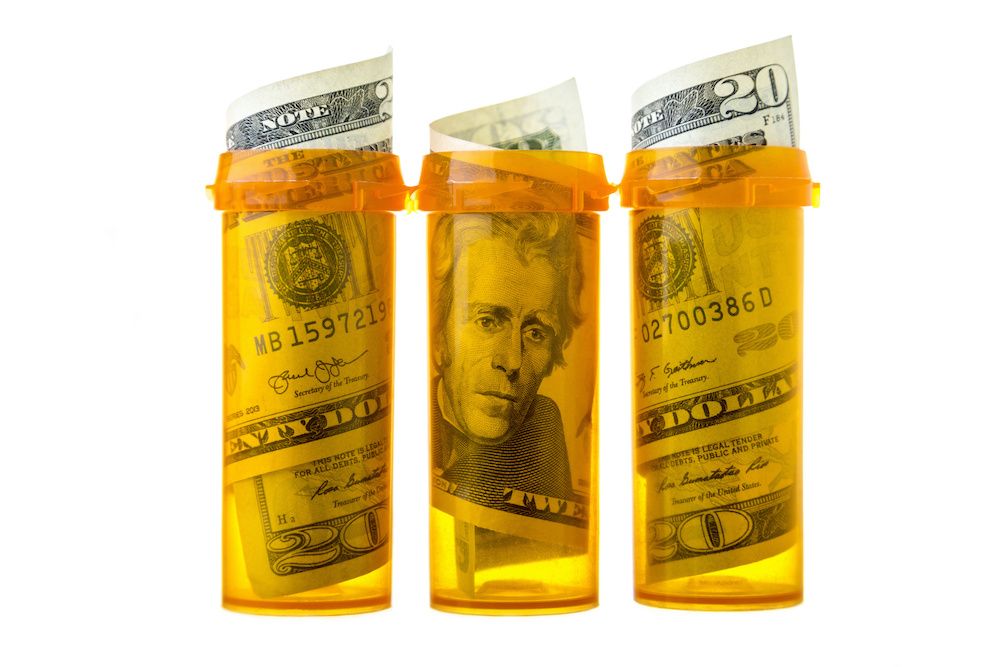Opinion: PBM Hocus Pocus Harming Seniors, Small Business Pharmacies
Policymakers have the power to get pharmacy benefit managers under control.

Medicare Part D open enrollment for 2021 is here. Beginning October 15, 2020, beneficiaries get a chance to review options for next year and make changes to their coverage.
For many patients, their neighborhood pharmacist is the definitive Medicare expert – the provider patients turn to with questions about Part D and choosing the right drug plan. What these patients don’t know is that their trusted independent pharmacist is helping them choose between plans that often financially harm the neighborhood pharmacy and lead to higher costs at the pharmacy counter.
In September, the Centers for Medicare & Medicaid Services announced it expects average 2021 premiums for Medicare Advantage plans to decline 34% from 2017, with Part D premiums expected to decline 12%, approximately $4 per month, in the same time frame.
Good news for seniors? Not really, despite what the Trump administration proclaims.
Insurance plans are shifting consumer savings of slightly lower premiums by charging higher prescription copays on many prescriptions. It’s like squeezing a balloon until it pops, but in this case, it is seniors taking prescriptions who are getting hurt. This hocus pocus is made possible by insurance company subsidiaries called pharmacy benefit managers (PBMs). They get billions of dollars in rebates from pharmaceutical manufacturers and billions of dollars of payments from pharmacies, called pharmacy direct and indirect remuneration (DIR) fees. But seniors still don’t see lower prescription costs at the pharmacy counter.
In other words, for “savings” equal to the cost of a couple of cups of coffee a month, seniors throughout the United States, especially the nation’s sickest, are paying billions of dollars more in out-of-pocket costs for their prescription drugs.
An analysis released earlier by this year by XIL Consulting, one of the country’s top pharmacy industry analysts, found that DIR fees overall have skyrocketed by 1600% in the last 5 years, totaling $8.5 billion since 2013. The firm also said that, “a loophole in the program allows health plans and PBMs to pocket an excessive amount of pharmacy DIR fees rather than offset prescription costs for seniors.”
XIL Consulting also noted that under Medicare Part D, fees and discounts are supposed to be passed on to seniors. “But that isn’t happening,” the report said. “While seniors are bypassed for DIR pharmacy discounts, at the same time, they are struggling to afford their prescriptions.”
Bad news for patients. But these fees don’t only hit senior’s pocketbooks. They lessen patients’ access to quality care, too, by pushing pharmacies to the brink and forcing them to lay off staff or even close their doors altogether. In fact, 4% of all pharmacies closed the 2 years before the coronavirus disease 2019 pandemic. As a result, consumers had 2000 fewer pharmacy choices and “pharmacy deserts” are spreading in some regions.
The current prescription payment model – as complex, cumbersome, confusing, and covert as it is – only serves the PBMs well. But patients deserve to be able to understand what’s truly happening with their care and what it’s really costing them.
By failing to take action, the Trump administration and Congress are allowing PBMs to continue manipulating these loopholes, hurting patients, and squeezing billions of dollars in fees from pharmacies. Policymakers have the power to get PBMs under control. They must have the will to use it.
By B. Douglas Hoey, pharmacist, MBA, CEO of the National Community Pharmacists Association. NCPA represents over 21,000 pharmacies that employ approximately 250,000 individuals nationwide. Community pharmacies are rooted in the communities where they are located and are among America’s most accessible health care providers. To learn more, visit www.ncpa.org.